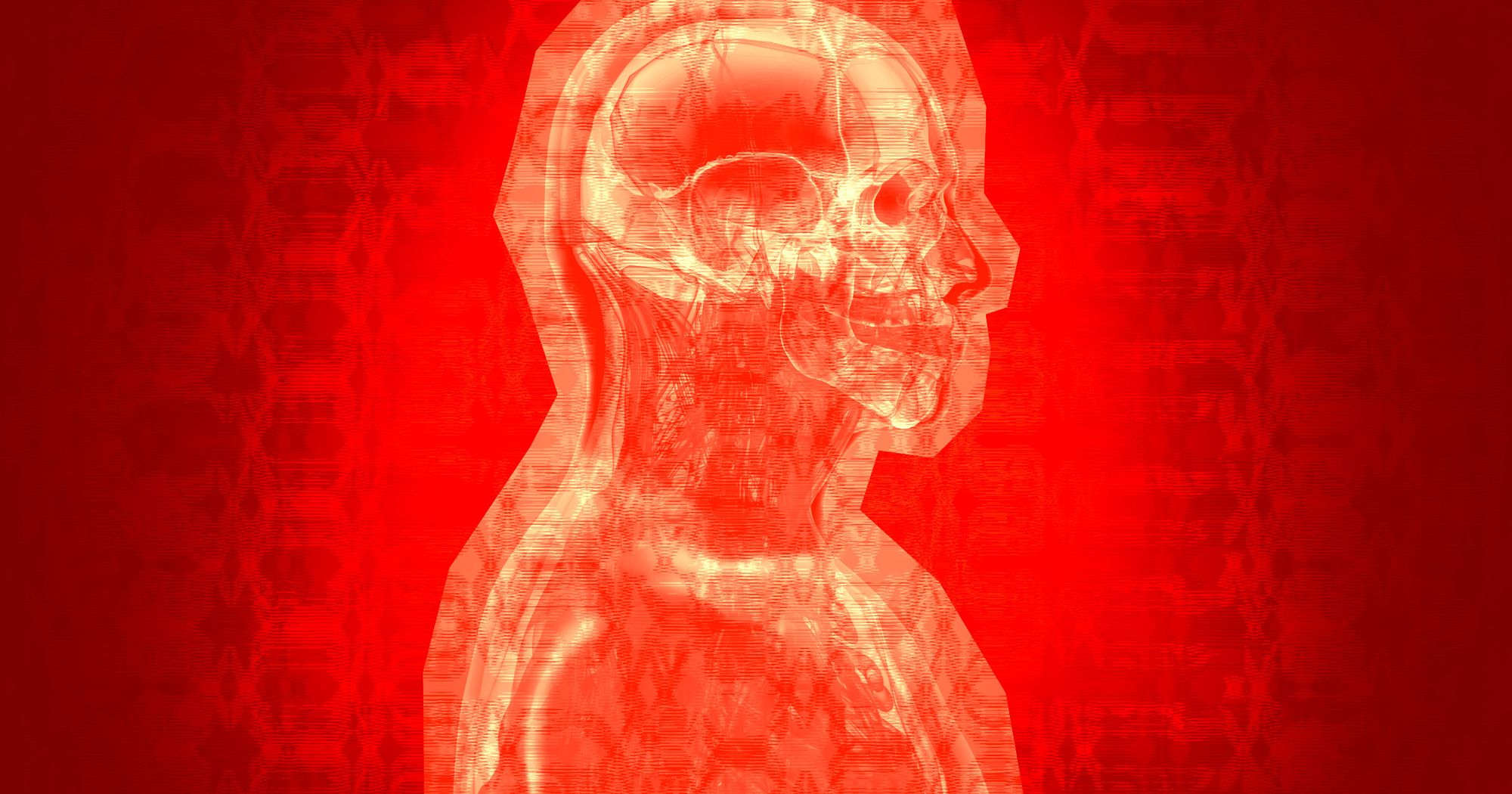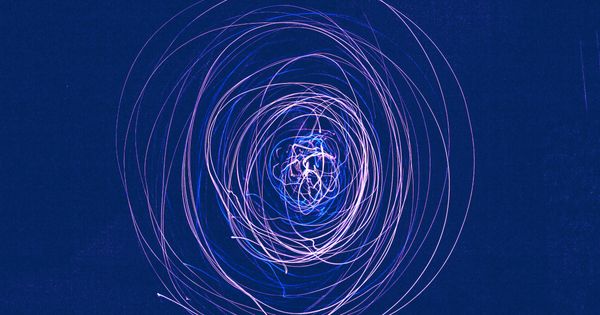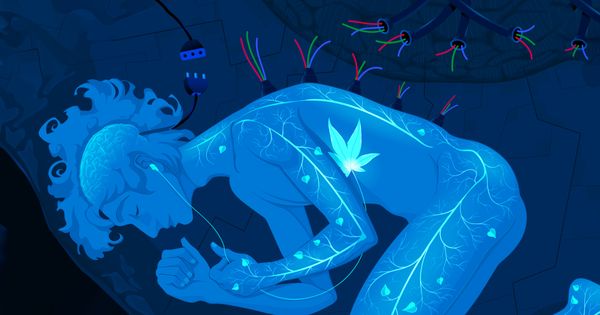Viruses like Ebola, HIV, Coronavirus, and even something as basic as a flu virus might give you chills, after all, they are all deadly. Almost all of the viruses we commonly know have a terrible stigma associated with them, come on they make us sick. Yet, over millions of years of human evolution, if it weren’t for viruses, we would not be what we are today.
You see, one of the core ingredients which gives us our distinct features is our DNA. In simple words, DNA contains the instructions an organism needs to develop, live and reproduce. Consider DNA to be a blueprint, and this blueprint is accessed by all the cells in our body using RNA. The primary role of RNA is to use the information stored in DNA to make proteins, of course, it does many other things but let’s save that for later.
Understanding Viruses
Coming back to viruses, they are very simple beings, for reference, a human cell is ten times smaller than hair, a bacteria is five times smaller than human cells and viruses are 40 times smaller than bacteria. As a result, there isn’t much happening in a virus, simply put they can’t survive, grow or reproduce on their own and require a host like us humans or animals and bacteria.
A common virus, as depicted above, has three essential ingredients, genetic material, capsid and envelope. Just like many living organisms, they also have genetic materials like DNA and RNA, which is surrounded by a protein, i.e. capsid. Capsids are used to protect the integrity of RNA. This housing of genetic material and protein is protected by the envelope, which makes sure the virus stays alive on any surface until it finds a host.
When the viruses enter into a host like say a human, it tries to enter into the human cells. Once the virus enters a human cell, it infiltrates itself into the nucleus of the human cell and makes the human cell use the virus’s RNA to replicate itself. Now, these newly replicated viruses go to infect other cells and multiply making it a truly parasitic relationship.
Viruses in the Human DNA
The parasitic relationship the virus uses to replicate itself goes full-on crazy when some viruses insert themselves into the human DNA. These viruses are called retroviruses. Basically, these viruses insert their RNA into the human DNA, making the virus generation process go from the cellular level to the entire body level. A popular example of a retrovirus is HIV.
Here's a fun fact, our bodies contain at least 10 times more microbes than human cells, blurring the line between where microbes end and humans begin. Microbes basically include bacteria and viruses.
So why aren’t we always sick? You see, not all viruses are bad. Take the example of our gut, for instance, a type of virus called Lactobacillus, which produces lactic acid to help with digestion and prevent the gut from being colonized by disease-causing organisms.
Constantly Evolving with Viruses
We are constantly getting infected by viruses, and every now and then when a new strand of the virus comes some of our bodies fight it and develop antibodies for it. Resulting in immunity of some sort to the viruses. When we reproduce, this information is passed on to the offspring making them immune to it.
Astonishingly, the findings by the researchers at Stanford University suggest that 30% of all protein adaptations since humans’ divergence with chimpanzees have been driven by viruses.
Since retroviruses hack nearly every function of a host by hijacking the DNA, it only makes sense that they would drive the evolution of the cellular machinery to a greater extent than other evolutionary pressures such as predation or environmental conditions.









